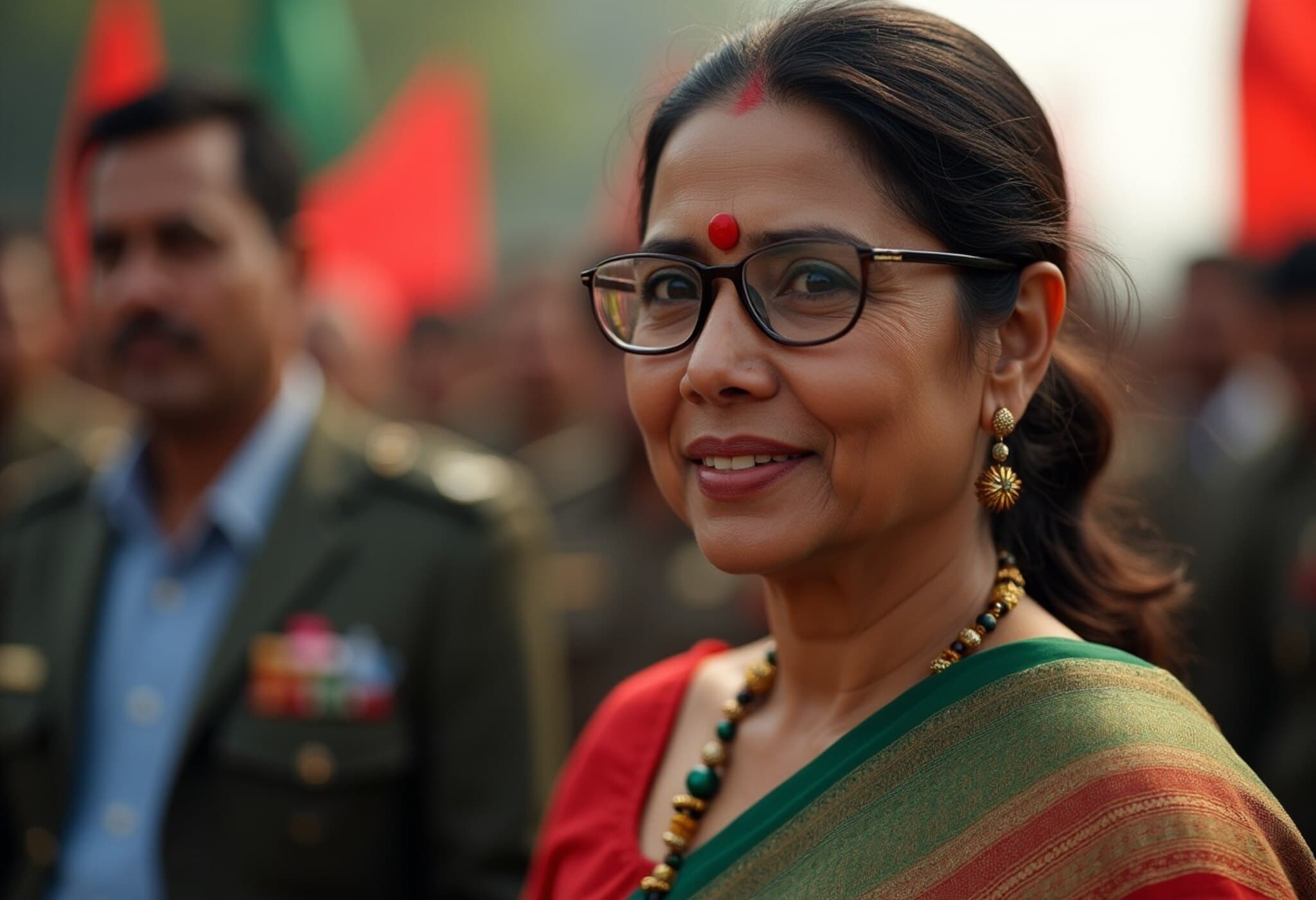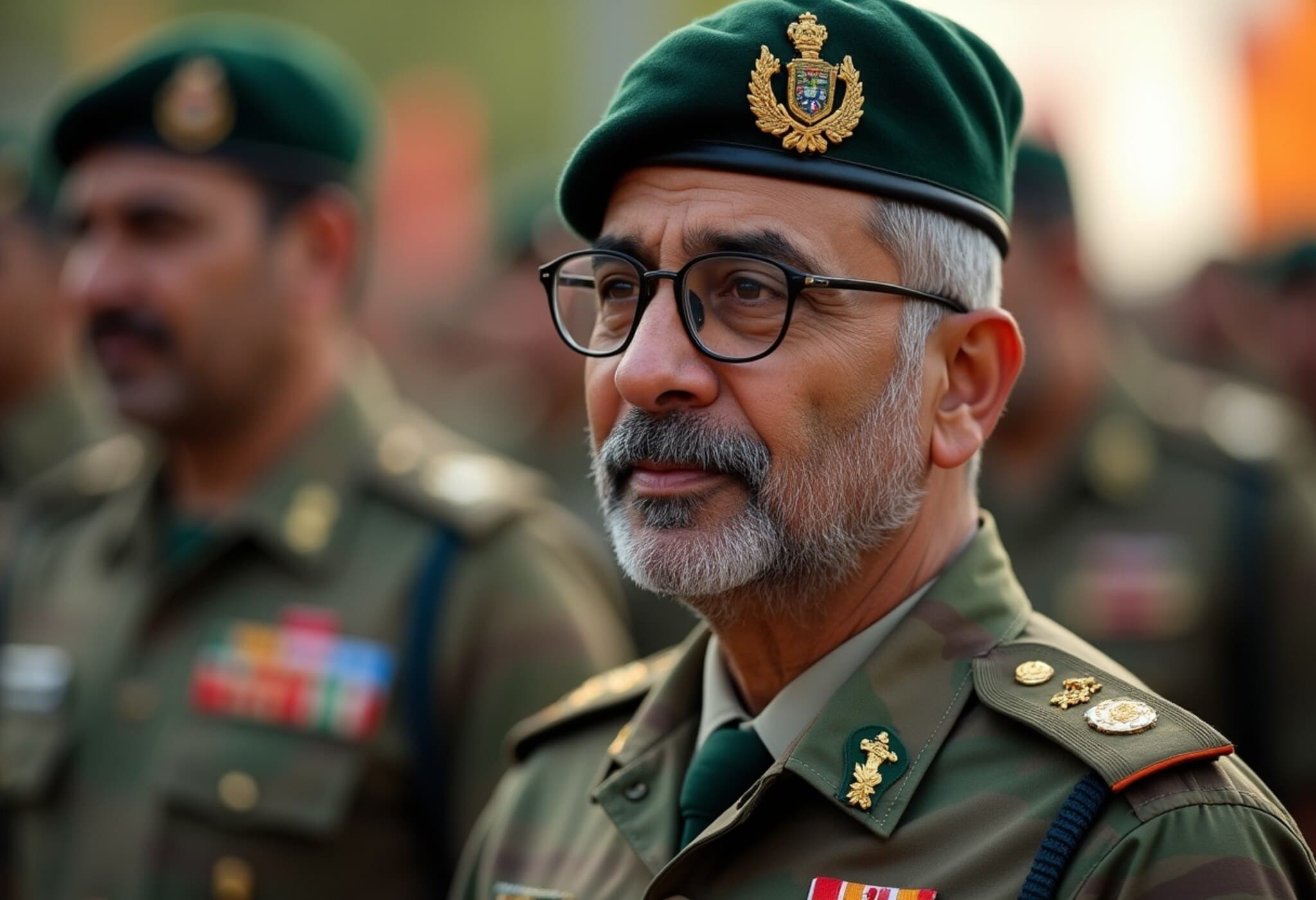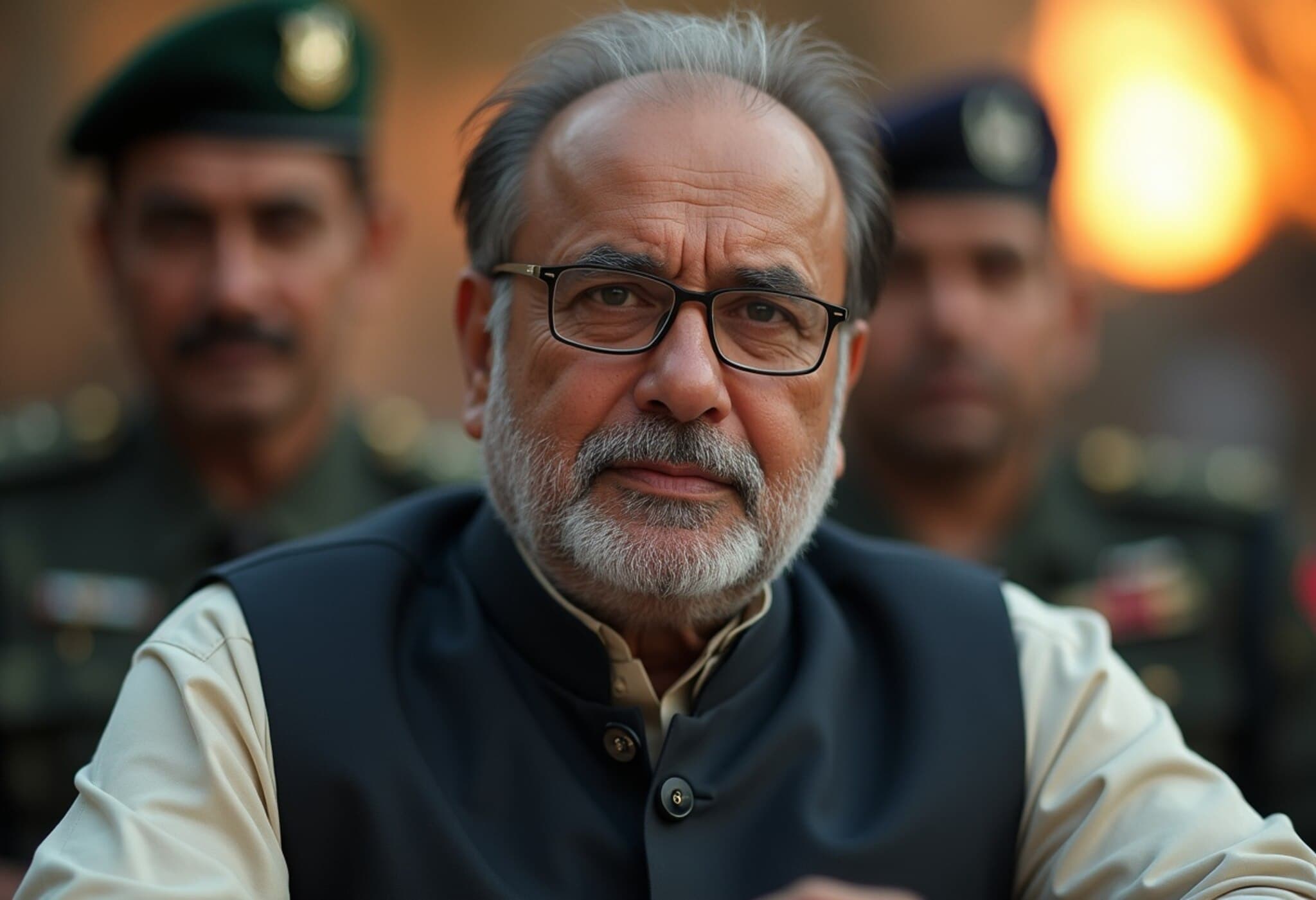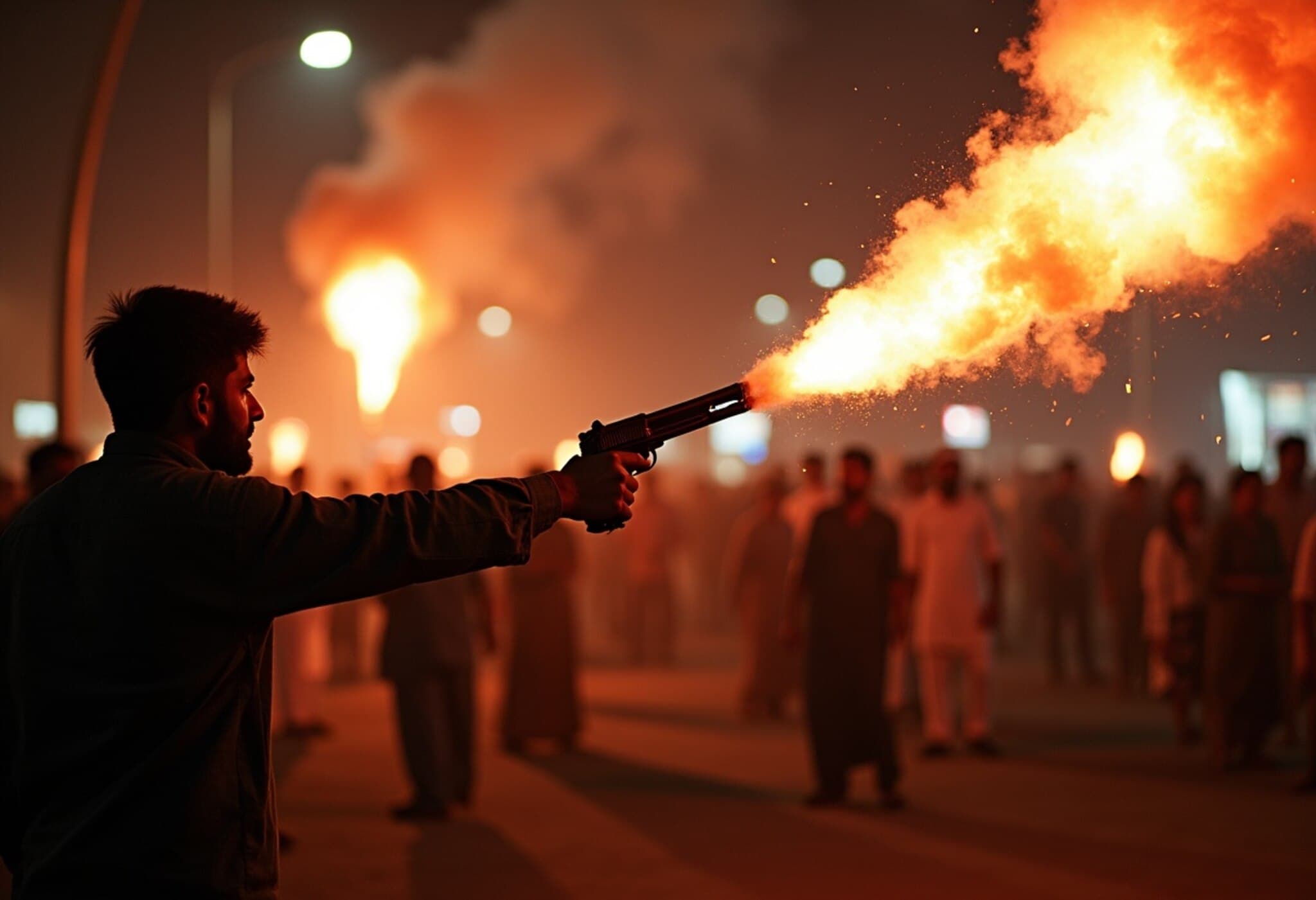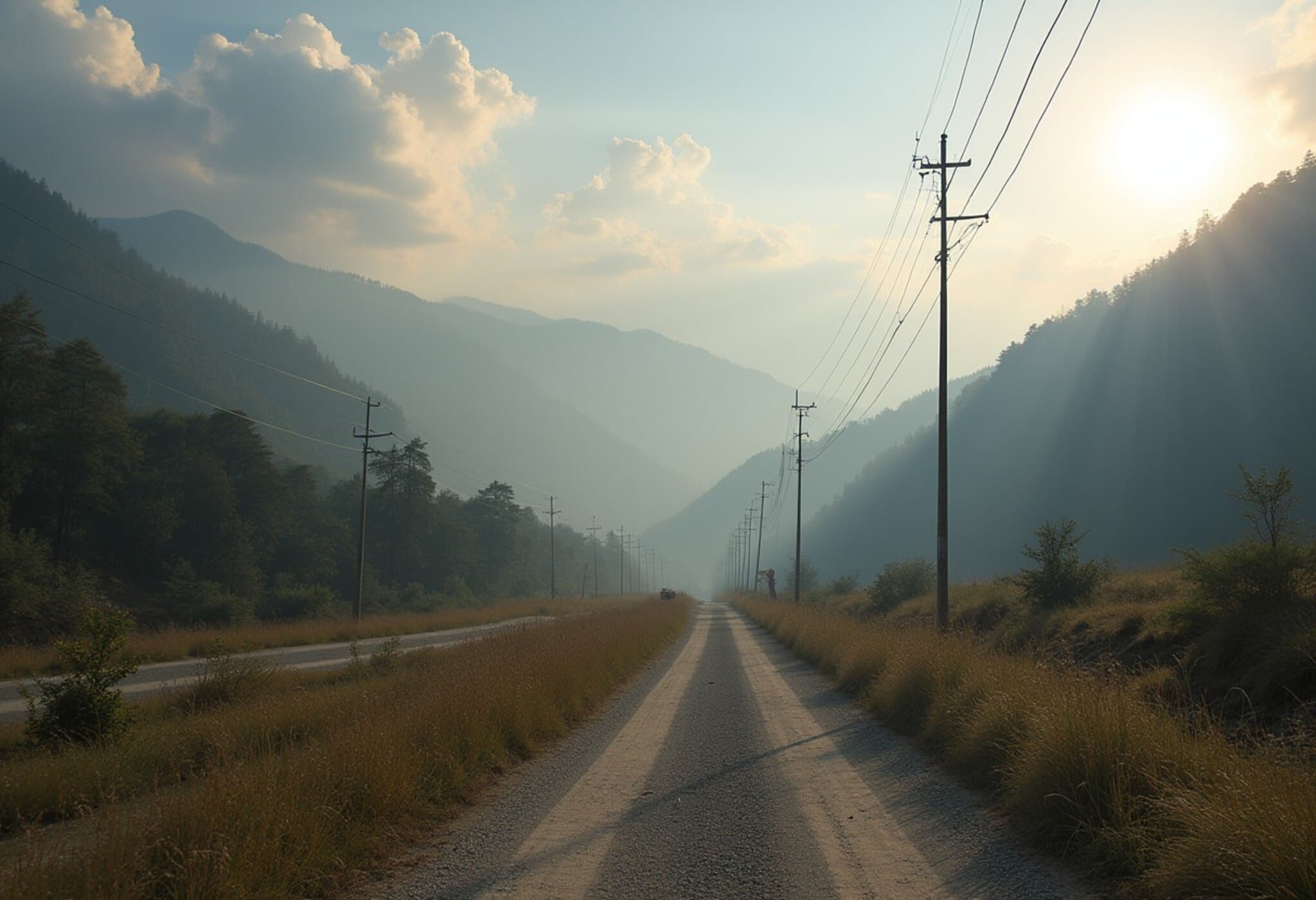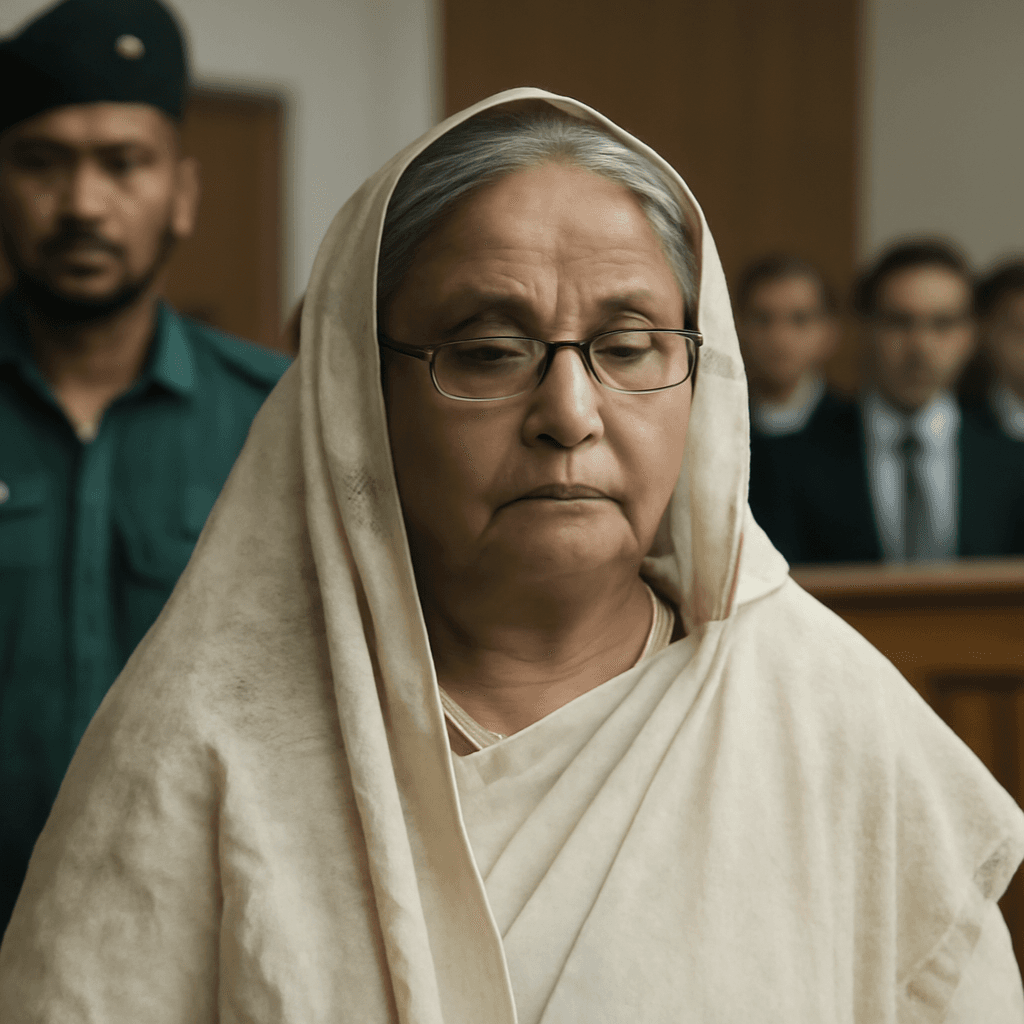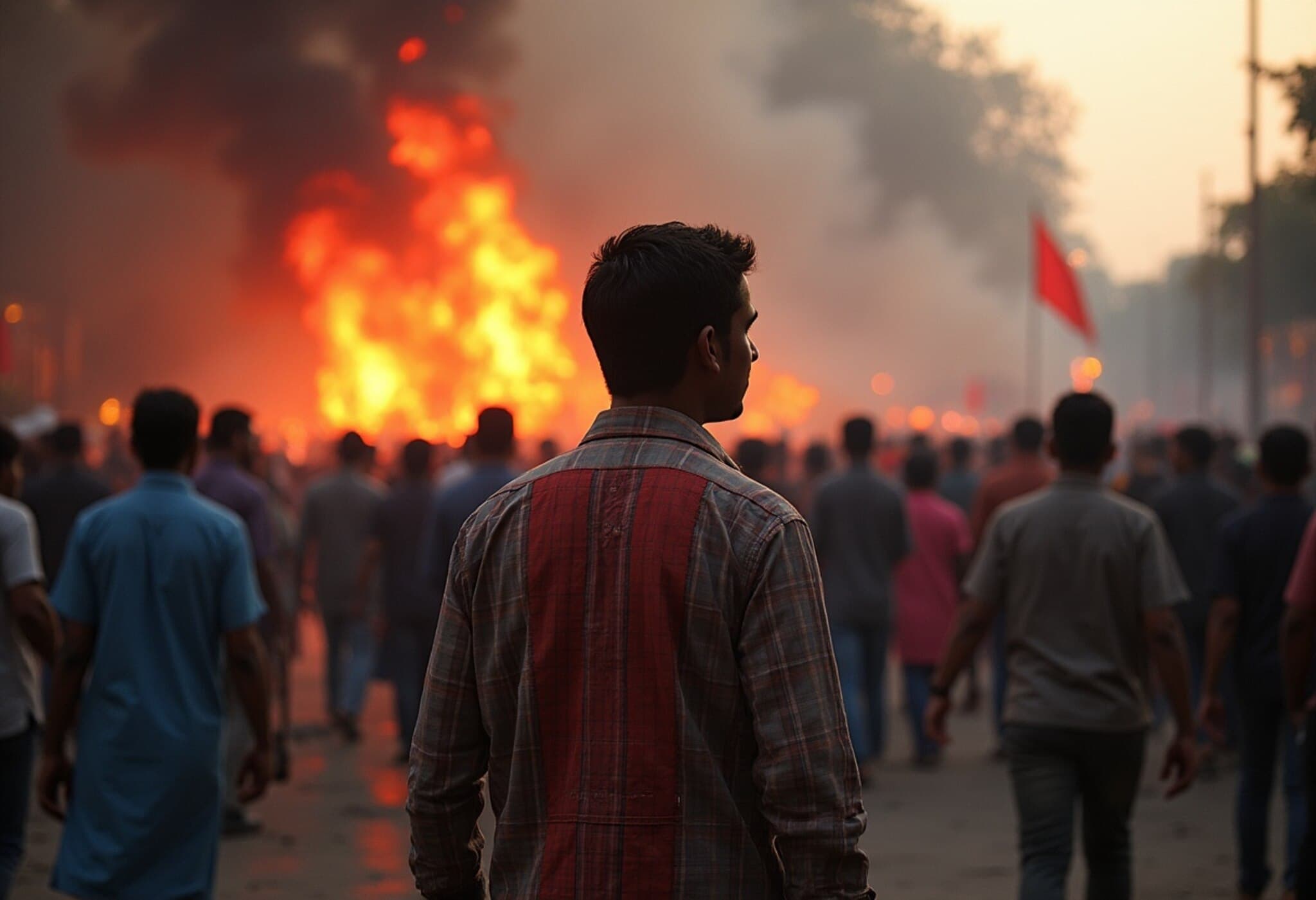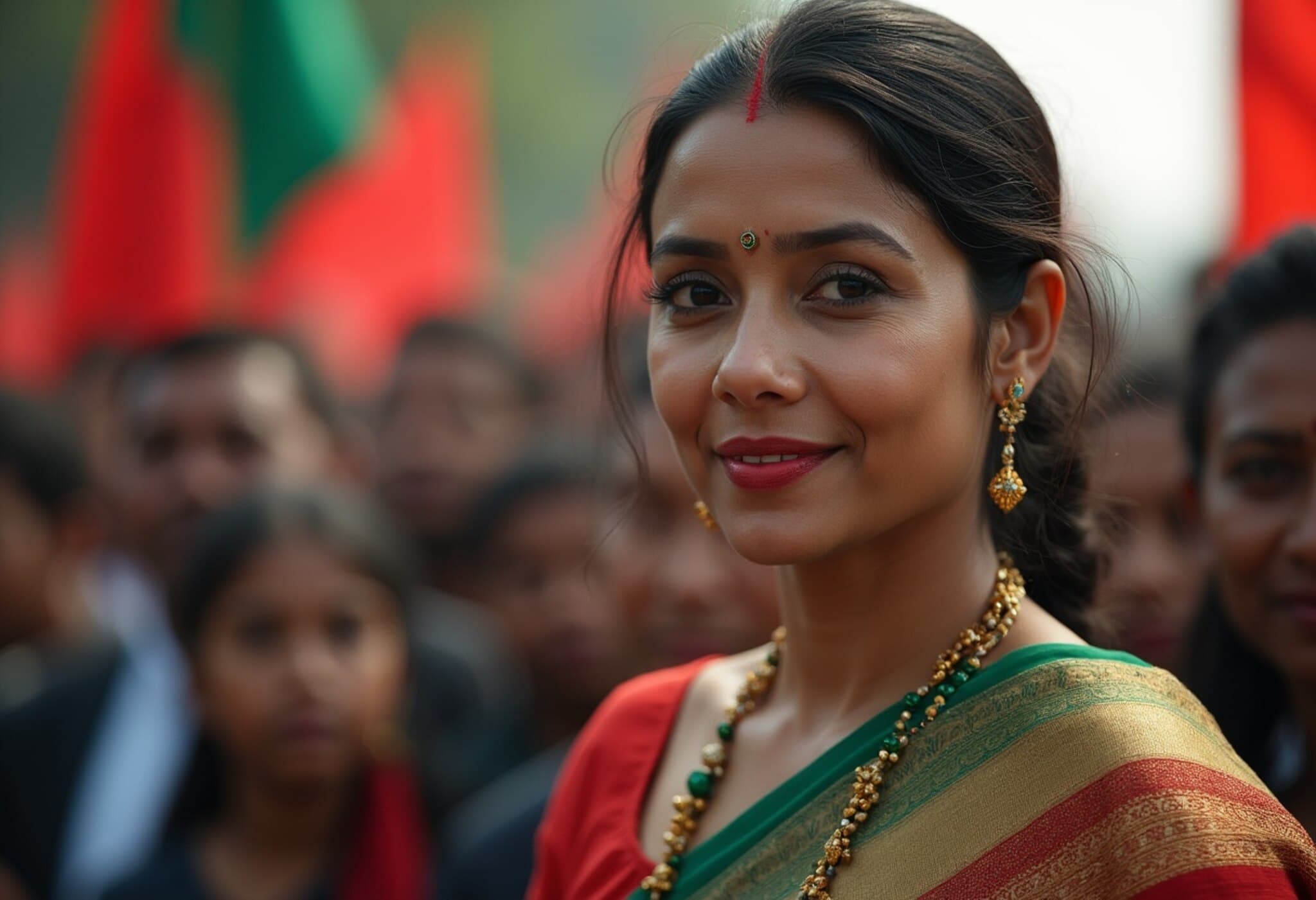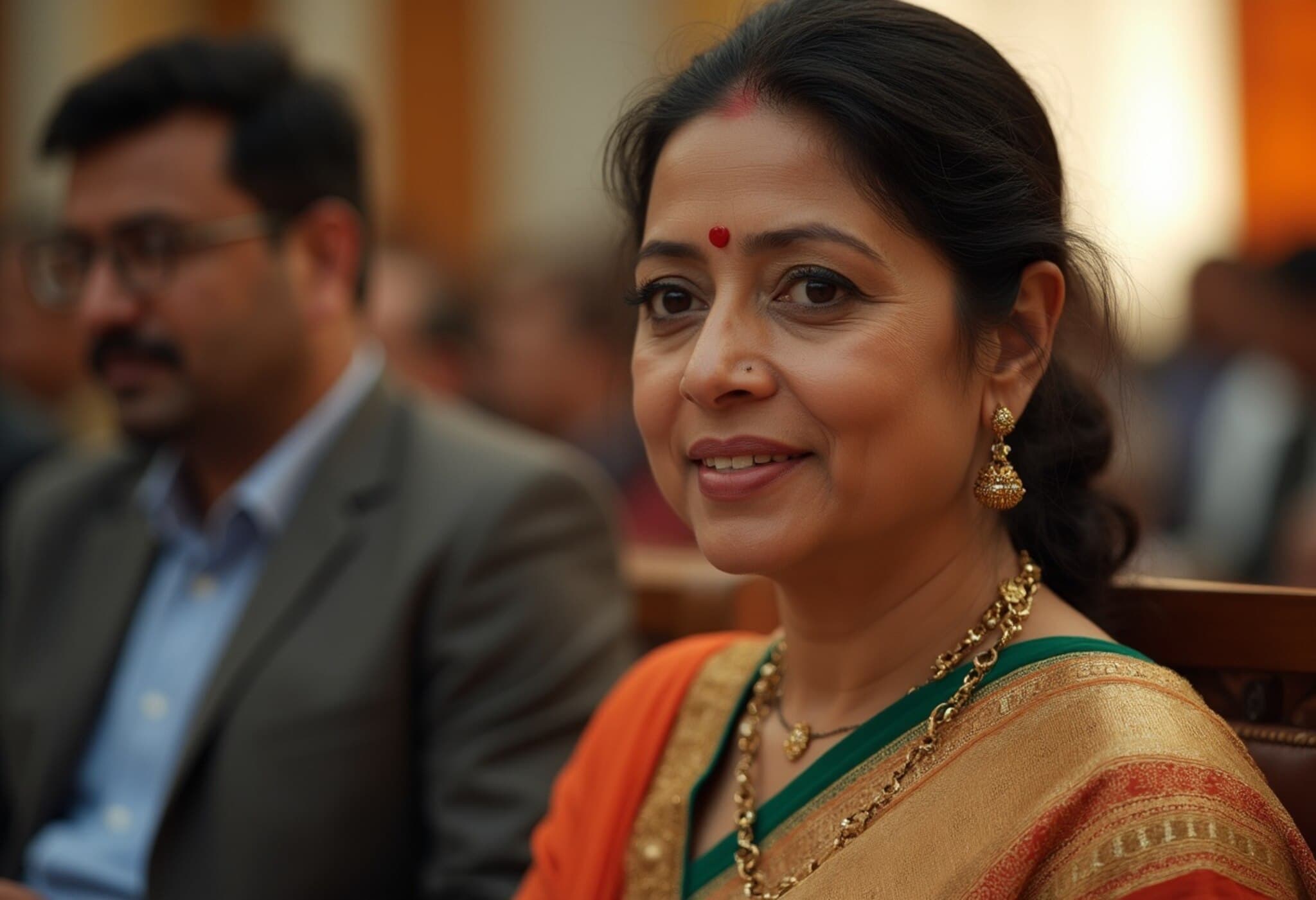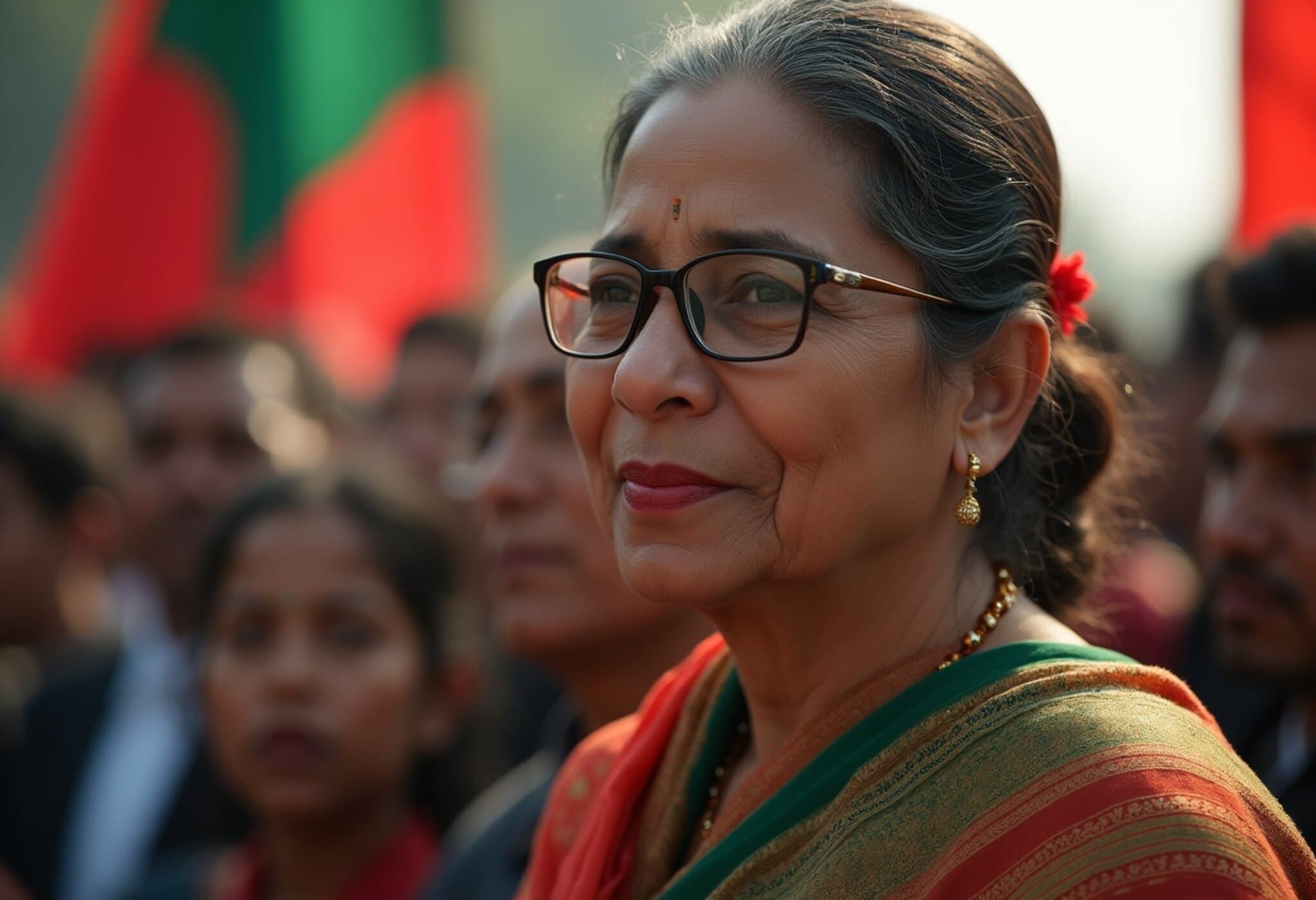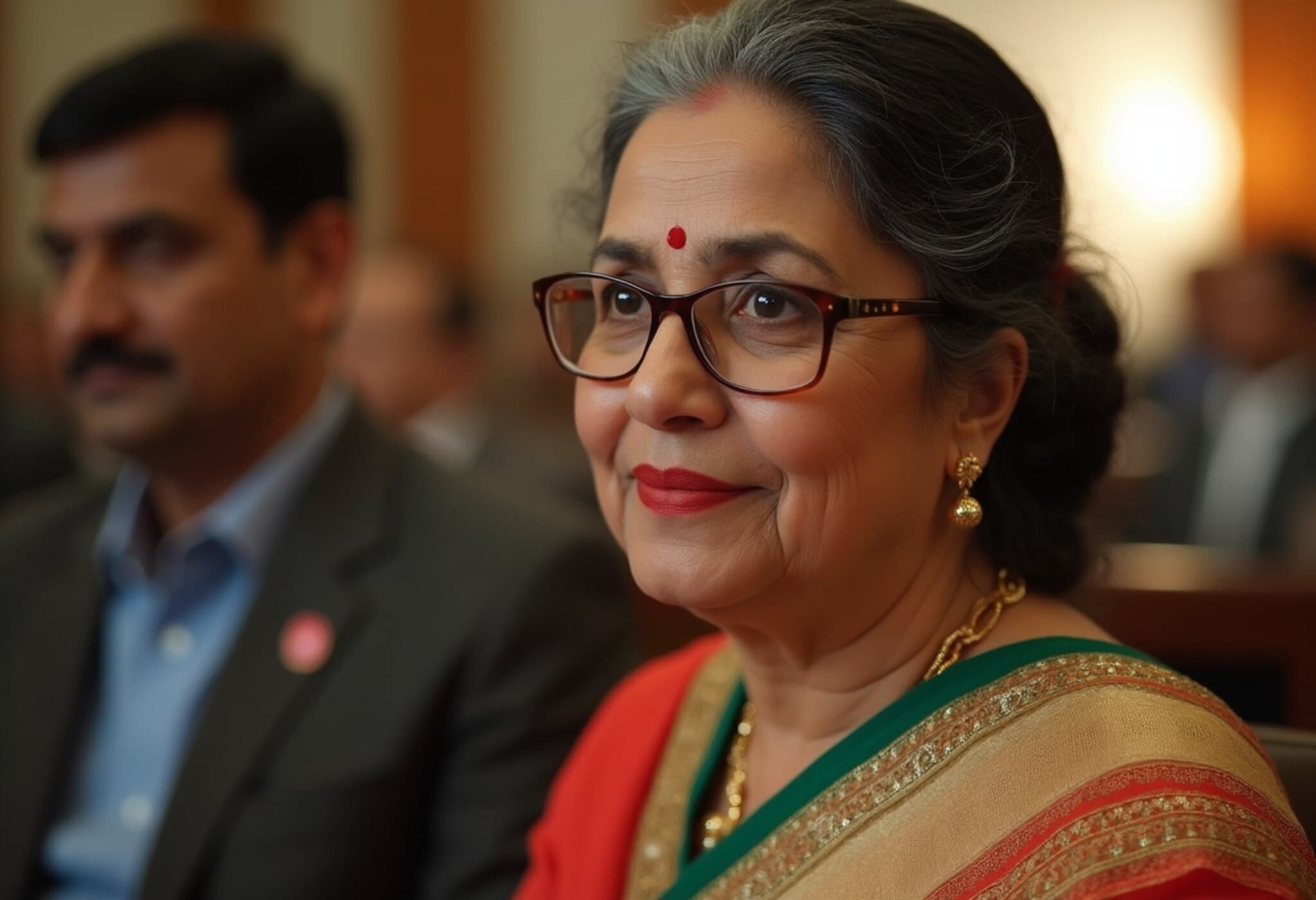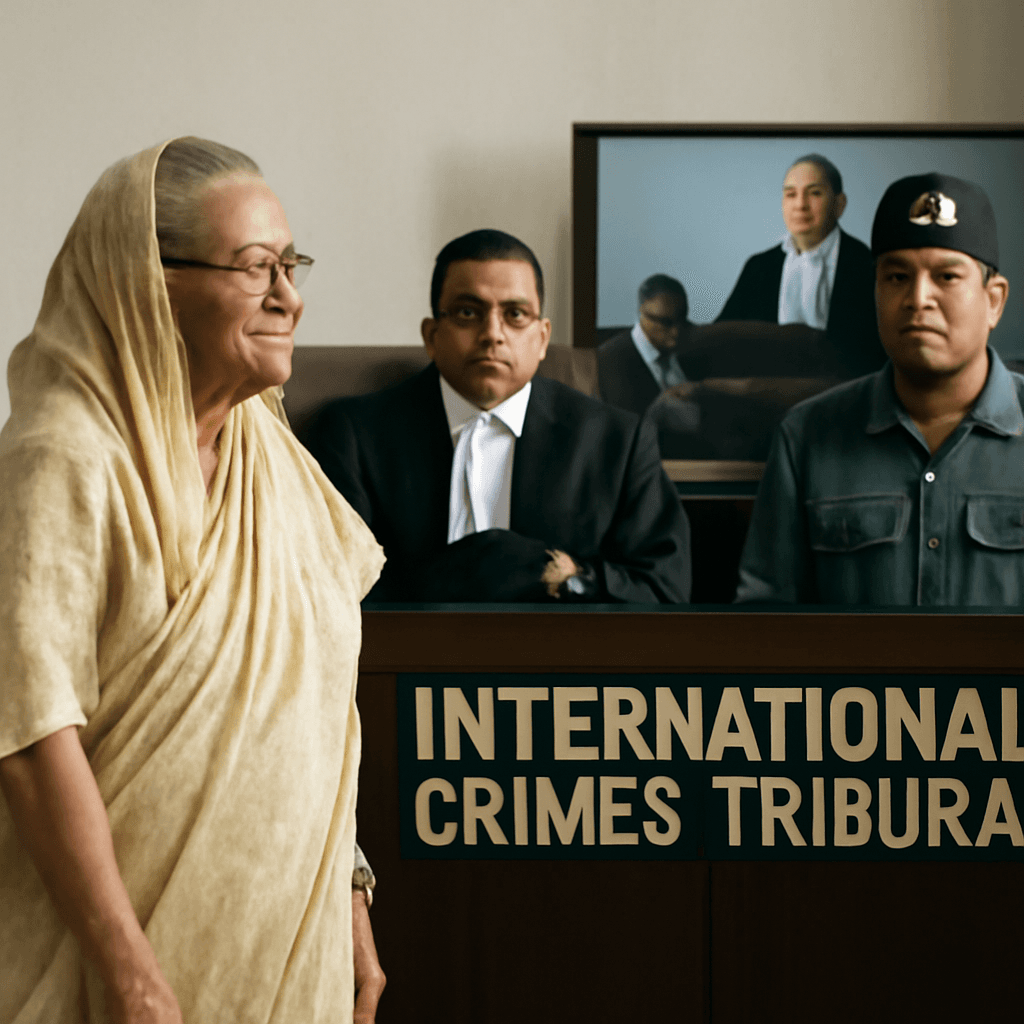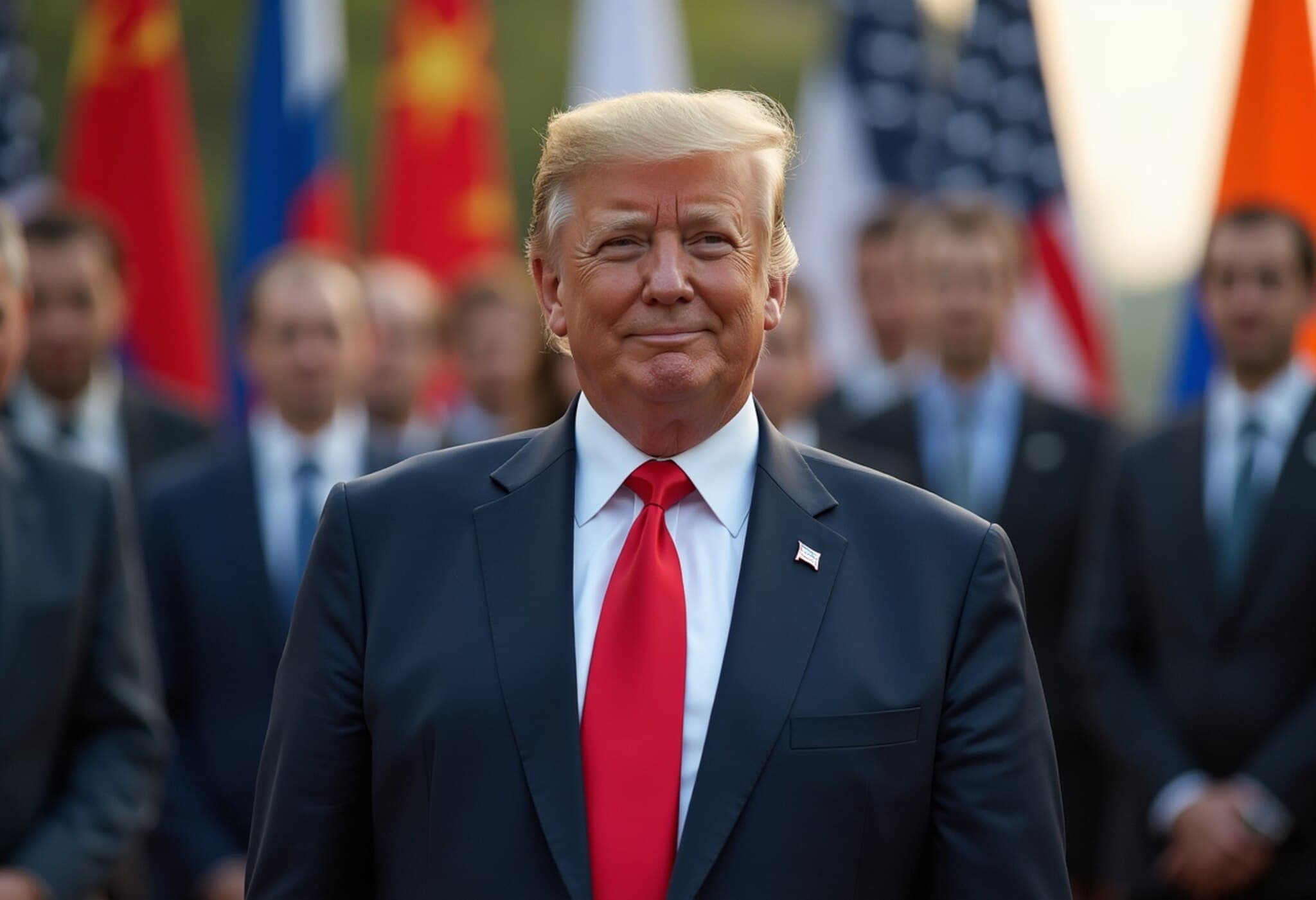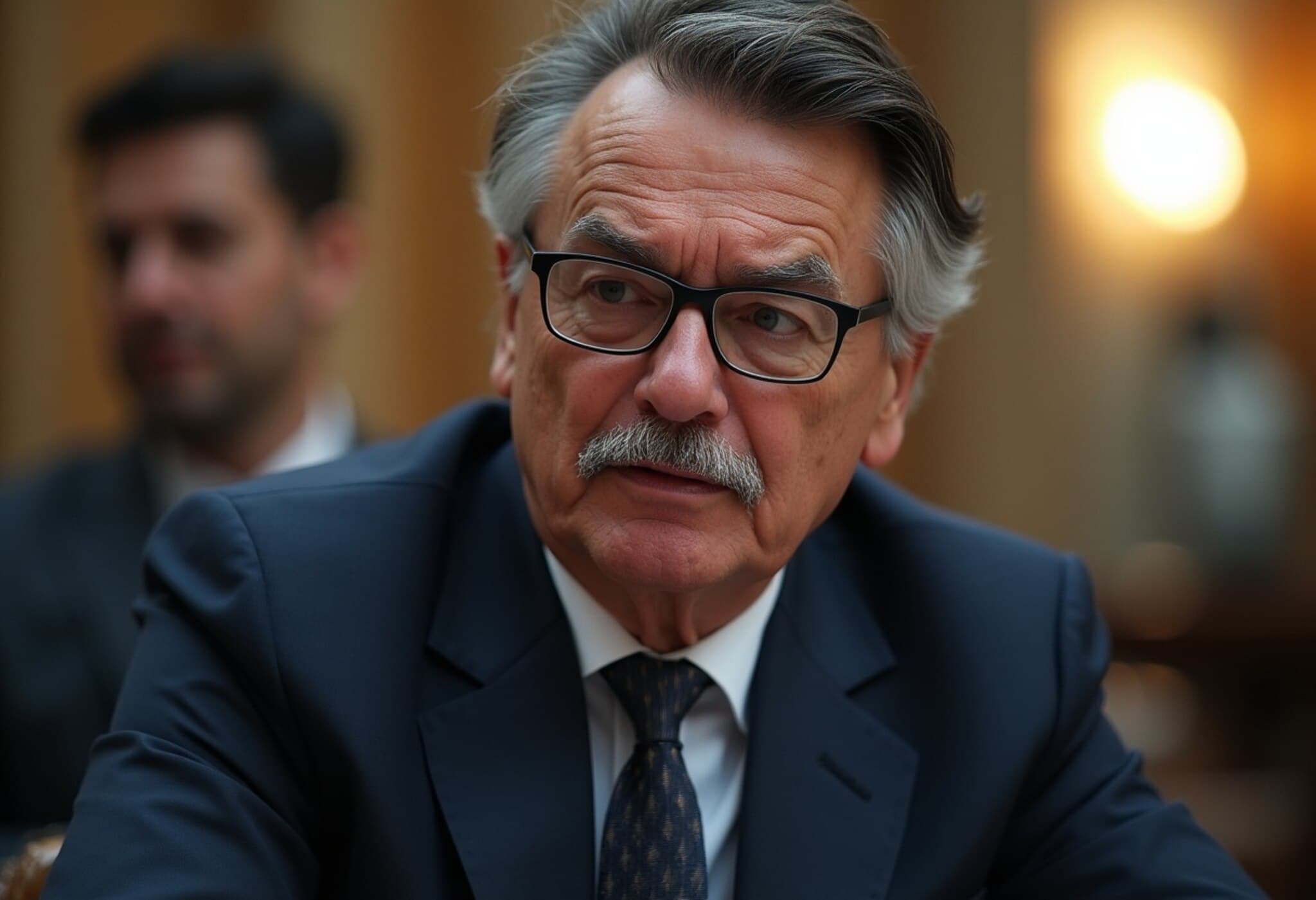Bangladesh a Year After Hasina: Political Upheaval and Lingering Uncertainty
August 5, 2025, marks one year since former Prime Minister Sheikh Hasina abruptly resigned amid violent protests, ending her 15-year grip on power in Bangladesh. The dramatic exit, which involved Hasina fleeing by helicopter, plunged the nation into a period of instability and deep political reckoning. Today, Bangladesh finds itself grappling with the lasting reverberations of the so-called “Monsoon Revolution” and an uncertain path forward.
The Fall of a Political Stronghold
Hasina’s departure followed a tumultuous summer in 2024 when student-led demonstrations against a controversial quota system rapidly escalated into widespread unrest. Over 300 lives were lost in clashes that eventually forced a transfer of authority to an interim government under Chief Adviser Muhammad Yunus, a Nobel laureate renowned for his microcredit model.
However, despite a change in leadership, the country remains mired in political friction and social unrest. The interim government’s actions have sparked polarized reactions, especially regarding their legal pursuit of Hasina and her closest allies.
Legal Battles and Political Reprisal
In a landmark decision this August, Bangladesh’s International Crimes Tribunal (ICT) convicted Hasina in absentia on charges related to crimes against humanity, specifically for the violent crackdown on student protesters in 2024. Hasina, residing in India after a rejected asylum plea in the UK, faces multiple legal cases, including a recent contempt of court sentencing.
The prosecutions extend beyond Hasina, targeting her top aides such as former Home Minister Asaduzzaman Khan Kamal and former Inspector General of Police Chowdhury Abdullaah Al Mamun. Mamun’s cooperation as a state approver adds a complex layer to these proceedings. Meanwhile, Hasina’s family members, including her niece, a UK Labour MP, confront corruption allegations tied to land irregularities — a charge that casts a wider net of accountability on the former regime’s inner circle.
Unraveling National Identity: The Assault on Sheikh Mujibur Rahman’s Legacy
One of the most emotionally charged aspects of the unrest has been the erosion of Bangladesh’s founding narratives. Protesters and regime sympathizers have vandalized symbols of Sheikh Mujibur Rahman — the country’s father of independence and Hasina’s father — including his statue and his historic residence in Dhaka, which doubled as a museum.
Reports indicate sweeping revisions to history textbooks that once celebrated Mujib’s leadership, with many of his writings and images removed to fit the current government’s narrative. These actions reveal a broader cultural battle over national memory that often underpins political power struggles in post-colonial nations.
The Fragmentation of the Awami League
Despite the toppling of Hasina’s leadership, residual ties to the Awami League persist within Bangladesh. The party has been banned from contesting elections under Yunus’s regime, leading to heightened tensions and violent clashes with opposition factions. Minority communities, particularly Hindus, report increased attacks, exacerbating fears of rising sectarianism.
Awami League insiders describe the socio-political climate as perilous, with rampant incidents of crime like robberies and assaults, compounded by an insufficient police presence. The echoes of political factionalism and street-level violence have made daily life precarious, especially for those affiliated with former ruling factions.
Rise of Islamist Influence and Security Concerns
Adding to the complexity of Bangladesh’s political landscape is the reinstatement of Jamaat-e-Islami, the country’s largest Islamist party, by the Supreme Court earlier this year. Previously deregistered due to extremist ties and involvement in violent politics, Jamaat’s return threatens to reshape the ideological battleground.
The emergence of new groups linked to Jamaat’s agenda intensifies fears about a resurgence of fundamentalist politics. Coupled with deteriorating law-and-order conditions manifested by increasing reports of mob violence and lynching, this trend challenges Bangladesh’s secular democratic fabric.
Economic Recovery Amid Political Uncertainty
On the economic front, the interim government has sought assistance from the International Monetary Fund (IMF) to stabilize a nation rocked by prolonged protests and institutional decay. Measures including increased interest rates, reforms in the banking sector, and efforts to recover laundered funds have been implemented under the guidance of central bank governor Ahsan H Mansur, a former IMF economist.
Inflation has moderately decreased from 11.6% in mid-2024 to 9.05% in May 2025, providing some respite. However, youth unemployment has surged to 4.63%, underscoring a critical challenge that could fuel future unrest — especially poignant considering students spearheaded the initial revolutionary wave. With nearly 2.73 million unemployed, the economic distress intersects with political instability, threatening the prospects of a demographic vital to Bangladesh’s future growth.
Looking Ahead: The Uncertain Road to Reconciliation
The question now looms: will Sheikh Hasina return to reclaim leadership, and if so, under what circumstances? Party loyalists hold onto hope, asserting that with adequate security guarantees from the army and a level playing field in elections, Hasina’s political comeback remains possible.
Meanwhile, the Yunus regime and its supporters remain resolute about prosecuting Hasina for alleged human rights violations, setting the stage for a prolonged political stalemate. This duality exposes the polarized nature of Bangladesh’s polity — a nation caught between the shadows of its past and the turbulence of its present.
As Bangladesh marks the anniversary of the Monsoon Revolution, its citizens face profound uncertainties that transcend politics and touch the very foundations of national identity, governance, and economic stability.
Editor’s Note
Bangladesh’s year since Sheikh Hasina’s fall underscores the complexities inherent in transitioning from a long-serving leadership entrenched in power to a fragile interim governance rife with challenges. This case highlights critical questions about political accountability, the rewriting of history, and the interplay between economic reforms and social stability. Observers should watch closely how Bangladesh navigates these fault lines—whether through reconciliation or further fragmentation—offering broader lessons on democratic resilience and governance in South Asia.

